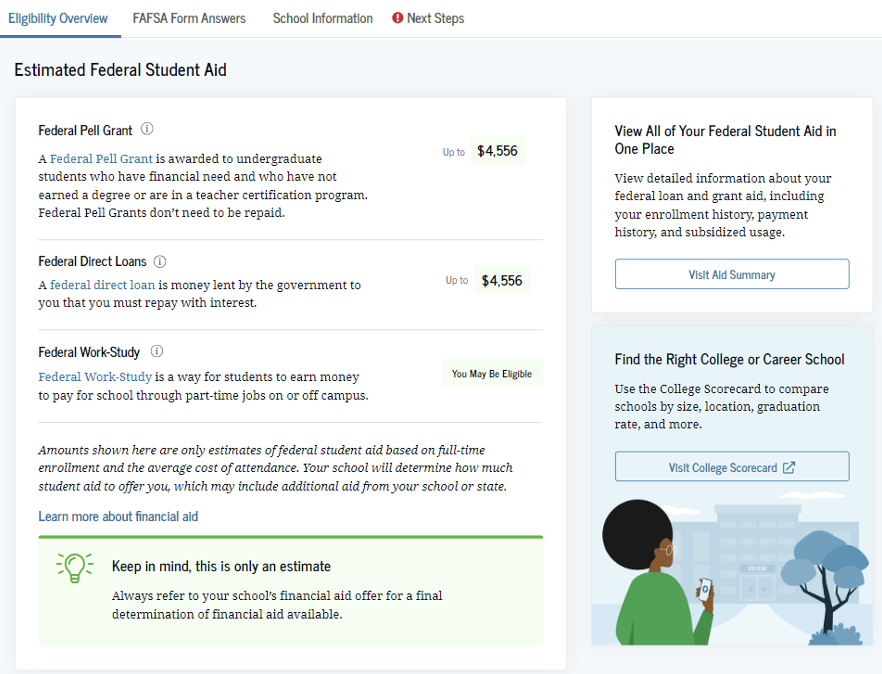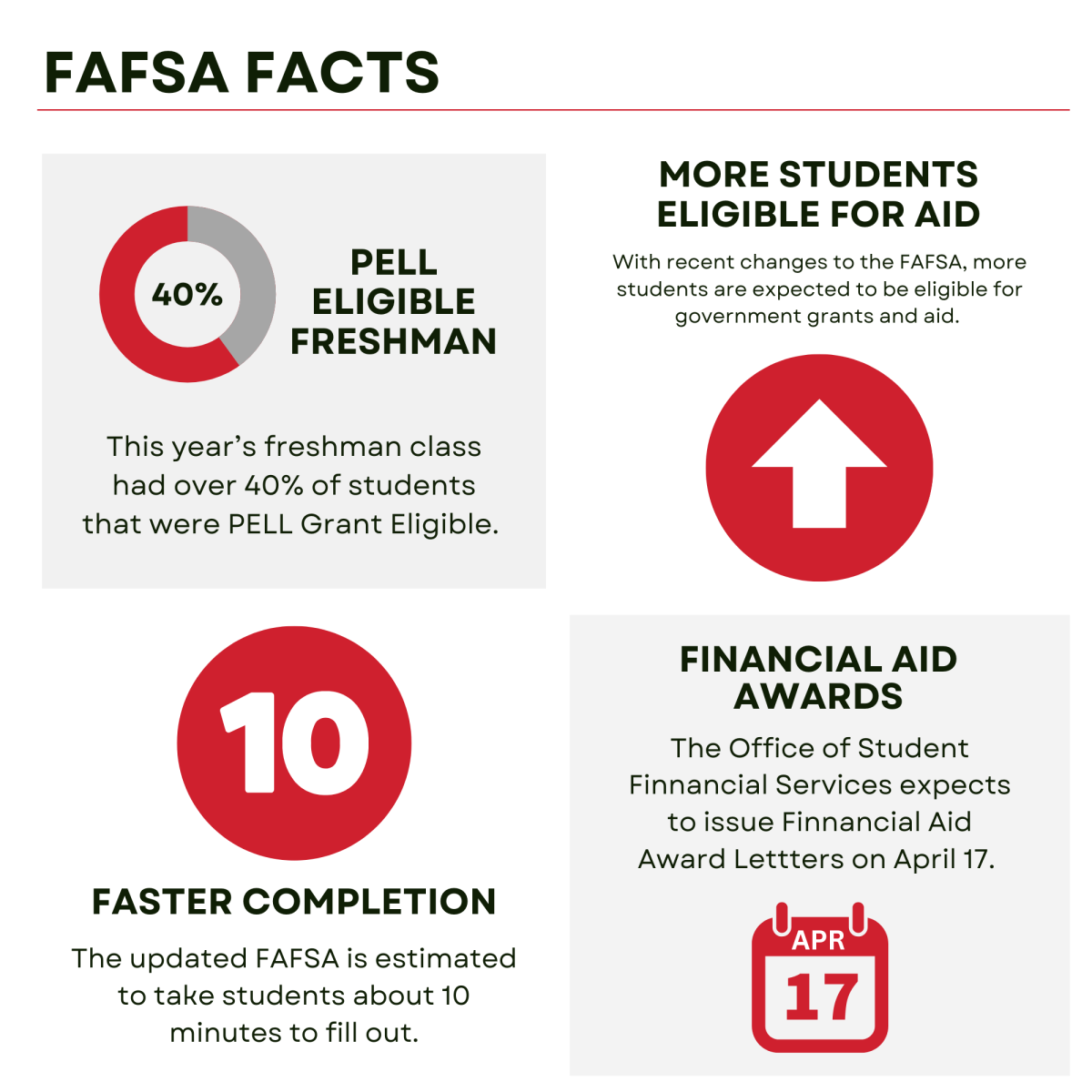By JASON KEYSER
CHICAGO (AP) — In a modest milestone for President Barack Obama’s high-speed rail vision, test runs will start zooming along a small section of the Amtrak line between Chicago and St. Louis at 110 mph Friday.
The 30-mph increase from the route’s current top speed is a morale booster for advocates of high-speed rail in America who have watched conservatives in Congress put the brakes on spending for fast train projects they view as expensive boondoggles. But some rail experts question whether the route will become profitable, pose serious competition to air and automobile travel, or ever reach speeds comparable to the bullet trains blasting across Europe and Asia at 150 mph and faster.
U.S. Transportation Secretary Ray LaHood and Illinois Gov. Pat Quinn are scheduled to be on board when an Amtrak train hits 110 mph for the first time in Illinois. But it will only maintain that speed for a short time, somewhere along the 15 miles between Dwight and Pontiac, before braking back to more normal speeds.
“The important thing is it’s a step in the right direction, but the question becomes what do we gain by doing this?” said David Burns, a rail consultant in suburban Chicago who drew up one of the first studies for high-speed service on the route more than three decades ago.
Advocates say Midwest routes from Chicago hold the most immediate promise for high-speed rail expansion outside Amtrak’s existing, much faster Acela trains between Boston and Washington, D.C. They say it will give a growing Midwest population an alternative to traveling by plane or car, promote economic development along the route and create manufacturing jobs.
In first announcing his plans in 2009, Obama said a mature high-speed rail network also would reduce demand for foreign oil and eliminate more than 6 billion pounds of carbon dioxide emissions a year — equivalent to removing 1 million cars from the roads. He set aside $8 billion in stimulus funds, directing the first round of money to speeding up existing lines like the one across Illinois and calling it a down payment on an ambitious plan to change the way Americans travel.
Even the short-term goals have run into trouble. Governors in Wisconsin, Ohio and Florida turned down hundreds of millions of dollars in stimulus funds, arguing not enough people would ride the trains and that states would be hit with too much of a financial burden for future operations.
Things could get worse for high-speed plans and for Amtrak if Mitt Romney wins the presidency next month. Romney and Republicans are calling for an end to $1.5 billion in yearly federal subsidies to money-losing Amtrak.
Kristina Rasmussen, vice president of the nonpartisan Illinois Policy Institute, said she thinks it’s very unlikely the route will ever make money. For one thing, she said, there will be political pressure to keep fares low, dimming prospects that Amtrak will take in enough to recoup maintenance and operating costs.
“We’re yoking ourselves to trains that will obligate taxpayers to provide billions of dollars in future subsidies,” she said.
Nonetheless, proponents were cheered by Friday’s test ride and believe projects already in progress have opened the door to future development.
“Given the fact that the program was a big zero at day one of the Obama administration and how hard one of the two parties has fought to keep that number at zero, I think we should be ecstatic about the progress,” said Richard Harnish, director of the Midwest High Speed Rail Association.
Amtrak ridership hit a record 30 million passengers nationwide last year. On the Chicago-to-St. Louis route, passenger numbers increased 11 percent during the last fiscal year to more than 619,000 riders — some of them pulled in by high gas prices, others by the convenience of being able to get work done while en route.
“Driving is just wasting my time,” said Isaac Gaff, a 37-year-old music and arts director at a church who uses train time to plow through email on his laptop. He was waiting to get on the Amtrak line Thursday in Chicago to head home to Normal, in central Illinois.
Other riders say it’s cheaper than flying, there’s more space, and there are virtually none of the security headaches like at airports.
“It’s not as much of a hassle, that’s for sure,” said Julia Markun, an 18-year-old college freshman getting on the same train.
But as the infrastructure currently is laid out, there is virtually no chance trains will go much faster than 110 mph, primarily because trains on Midwestern routes have to share the lines with the freight companies that own the tracks.
Work to upgrade the track began in 2010 and has included the installation of new premium rail and concrete ties as well as the realignment of curves to support higher speeds. Safer gates and new signals were installed at some highway crossings.
Transportation officials expect that after another three years of upgrades, the $1.5 billion in improvements can shave about an hour off the 284-mile journey between Chicago and St. Louis, which now takes about 5 ½ hours. Future plans aim to shrink the time to under four hours.
But to begin to seriously compete with the one-hour plane journey, travel time would have to go down to three hours, some experts say, leveling the playing field when factoring in the extra time to clear airport security.
By car, the trip can be done in about five hours. But to pry more people away from the door-to-door convenience of car travel you must have frequent trains, at least one an hour, said Burns, the rail consultant. Amtrak currently has six runs a day on the route.
A new generation of bi-level passenger cars for Amtrak’s Midwest and California corridors is slated to be built at an Illinois plant operated by the U.S. subsidiary of Nippon-Sharyo, the company that makes Japan’s bullet trains. And an entirely new fleet of locomotives also could be on the way, replacing designs that have been based on freight locomotives for decades.
[email_link]
U.S. Transportation Secretary Ray LaHood and Illinois Gov. Pat Quinn are scheduled to be on board when an Amtrak train hits 110 mph for the first time in Illinois. But it will only maintain that speed for a short time, somewhere along the 15 miles between Dwight and Pontiac, before braking back to more normal speeds.
“The important thing is it’s a step in the right direction, but the question becomes what do we gain by doing this?” said David Burns, a rail consultant in suburban Chicago who drew up one of the first studies for high-speed service on the route more than three decades ago.
Advocates say Midwest routes from Chicago hold the most immediate promise for high-speed rail expansion outside Amtrak’s existing, much faster Acela trains between Boston and Washington, D.C. They say it will give a growing Midwest population an alternative to traveling by plane or car, promote economic development along the route and create manufacturing jobs.
In first announcing his plans in 2009, Obama said a mature high-speed rail network also would reduce demand for foreign oil and eliminate more than 6 billion pounds of carbon dioxide emissions a year — equivalent to removing 1 million cars from the roads. He set aside $8 billion in stimulus funds, directing the first round of money to speeding up existing lines like the one across Illinois and calling it a down payment on an ambitious plan to change the way Americans travel.
Even the short-term goals have run into trouble. Governors in Wisconsin, Ohio and Florida turned down hundreds of millions of dollars in stimulus funds, arguing not enough people would ride the trains and that states would be hit with too much of a financial burden for future operations.
Things could get worse for high-speed plans and for Amtrak if Mitt Romney wins the presidency next month. Romney and Republicans are calling for an end to $1.5 billion in yearly federal subsidies to money-losing Amtrak.
Kristina Rasmussen, vice president of the nonpartisan Illinois Policy Institute, said she thinks it’s very unlikely the route will ever make money. For one thing, she said, there will be political pressure to keep fares low, dimming prospects that Amtrak will take in enough to recoup maintenance and operating costs.
“We’re yoking ourselves to trains that will obligate taxpayers to provide billions of dollars in future subsidies,” she said.
Nonetheless, proponents were cheered by Friday’s test ride and believe projects already in progress have opened the door to future development.
“Given the fact that the program was a big zero at day one of the Obama administration and how hard one of the two parties has fought to keep that number at zero, I think we should be ecstatic about the progress,” said Richard Harnish, director of the Midwest High Speed Rail Association.
Amtrak ridership hit a record 30 million passengers nationwide last year. On the Chicago-to-St. Louis route, passenger numbers increased 11 percent during the last fiscal year to more than 619,000 riders — some of them pulled in by high gas prices, others by the convenience of being able to get work done while en route.
“Driving is just wasting my time,” said Isaac Gaff, a 37-year-old music and arts director at a church who uses train time to plow through email on his laptop. He was waiting to get on the Amtrak line Thursday in Chicago to head home to Normal, in central Illinois.
Other riders say it’s cheaper than flying, there’s more space, and there are virtually none of the security headaches like at airports.
“It’s not as much of a hassle, that’s for sure,” said Julia Markun, an 18-year-old college freshman getting on the same train.
But as the infrastructure currently is laid out, there is virtually no chance trains will go much faster than 110 mph, primarily because trains on Midwestern routes have to share the lines with the freight companies that own the tracks.
Work to upgrade the track began in 2010 and has included the installation of new premium rail and concrete ties as well as the realignment of curves to support higher speeds. Safer gates and new signals were installed at some highway crossings.
Transportation officials expect that after another three years of upgrades, the $1.5 billion in improvements can shave about an hour off the 284-mile journey between Chicago and St. Louis, which now takes about 5 ½ hours. Future plans aim to shrink the time to under four hours.
But to begin to seriously compete with the one-hour plane journey, travel time would have to go down to three hours, some experts say, leveling the playing field when factoring in the extra time to clear airport security.
By car, the trip can be done in about five hours. But to pry more people away from the door-to-door convenience of car travel you must have frequent trains, at least one an hour, said Burns, the rail consultant. Amtrak currently has six runs a day on the route.
A new generation of bi-level passenger cars for Amtrak’s Midwest and California corridors is slated to be built at an Illinois plant operated by the U.S. subsidiary of Nippon-Sharyo, the company that makes Japan’s bullet trains. And an entirely new fleet of locomotives also could be on the way, replacing designs that have been based on freight locomotives for decades.
[email_link]


